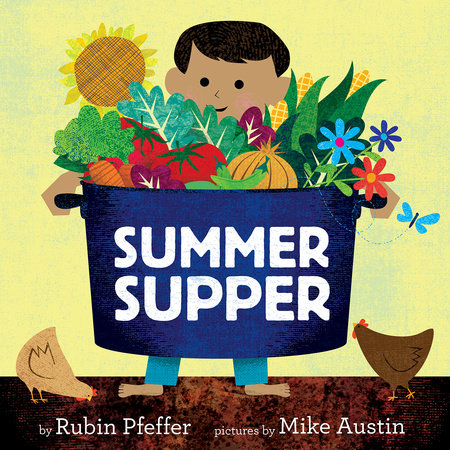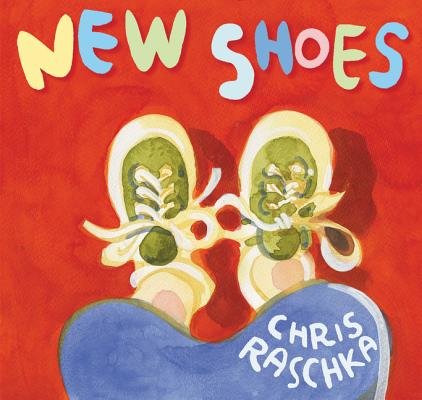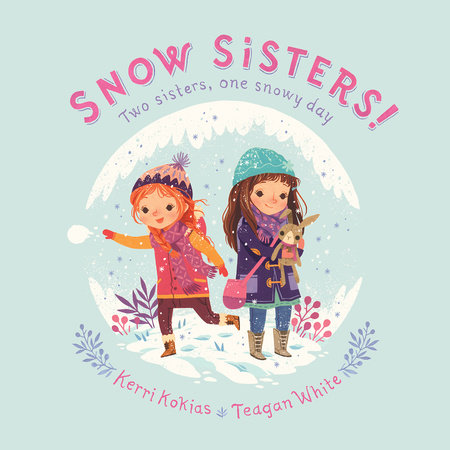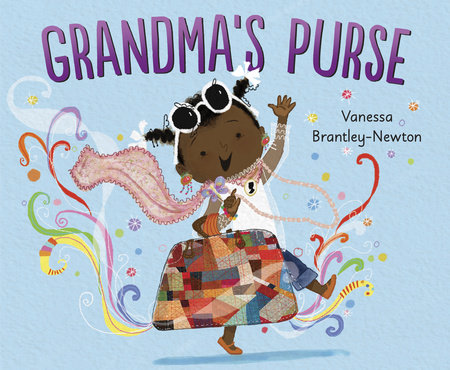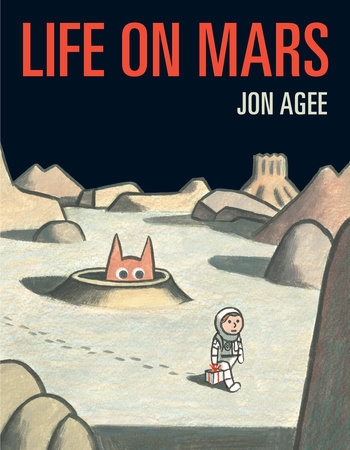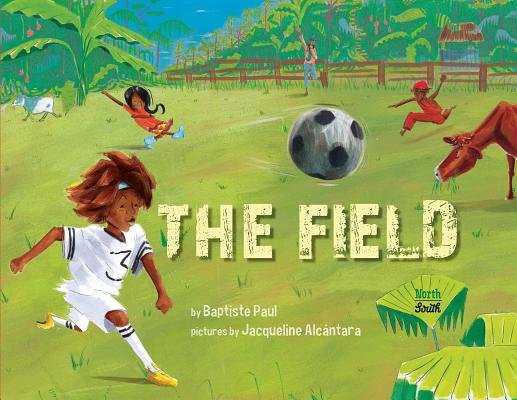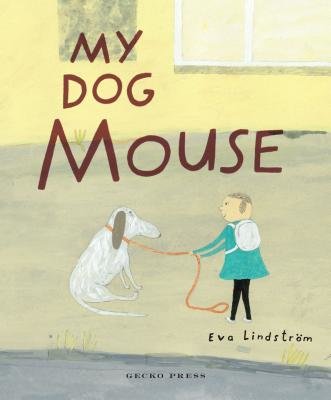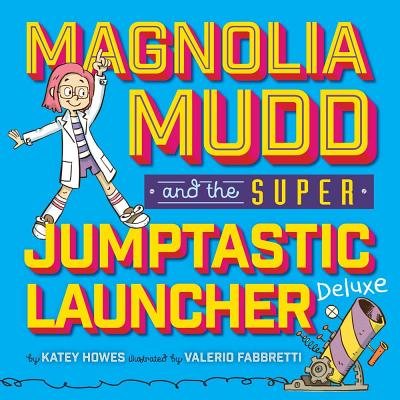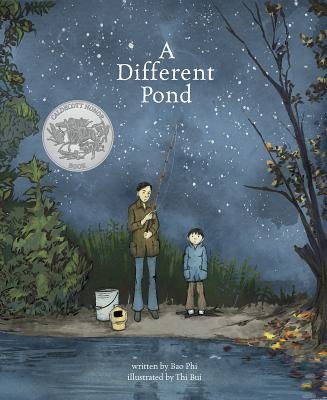Mentor Texts To Teach Children Personal Narrative Writing
by the Brightly Editors
Nothing makes a teacher’s heart sing like when a student lands on a perfect topic, or captures a moment with just the right phrase in their personal narrative writing. Studying fantastic mentor texts exposes students to examples that elevate their work. Many professional resources reference the same classic titles over and over, though, and having a variety of options is essential in today’s classroom. Look no further! To expand your collection of personal narrative mentor texts, consider these fresh choices:
-
Summer Supper
Reminiscing about recent experiences is often the first step for young writers to craft effective personal narrative pieces. Seasonal titles that portray activities to which students are likely to connect, like planting a garden then cooking and eating with family can spark ideas that get pencils moving. Presenting attainable models is so important for giving students confidence in their writing abilities. This title uses minimal language and communicates much of the narrative via the illustrations, making it a useful example for brand-new writers.
(Grades K – 1) -
New Shoes
With sweet simplicity, this text chronicles a classic rite of childhood: getting new shoes! Use this story to demonstrate choosing one event to write about in detail. Even the illustrations are focused, with their knees-down, shoes-only view, and the narrator describes the holes in his old sneakers and the new choices with childish accuracy. (“They are a little pinchy right there.”) This story also shows how to incorporate inner monologue and emotion in manageable ways. (“How about these?” the narrator wonders. “Comfy! I like them! I want to show Emma!”)
(Grades K – 1) -
Snow Sisters!
Available from:This cold-weather read features a family getting dressed for the snow and making forts, highlighting the different perspectives of two sisters. One girl loves exploring the snowy day while her sibling prefers to stay cozy inside (at first). The format of the book presents one sister’s narrative on the left side of the book and the other sister’s narrative on the right side to contrast their individual experiences as they go about the day.
(Grades K – 1)Also available from: -
Grandma’s Purse
Available from:Time spent with favorite people is a great source of inspiration for students’ personal narratives; this energetic text shows students how to describe a character and hone in on one memorable shared experience. The young narrator waits eagerly for Grandma Mimi to arrive with her purse full of treasures. On this special visit, it even contains a present! Use this story as an example of how students can write more about one important topic.
(Grades K – 2)Also available from: -
Jabari Jumps
Available from:When young students first begin learning about personal narrative, reading stories that have an easily identifiable beginning, middle, and end really helps. The plot structure of this title can be easily distilled: Jabari, his dad, and his sister go to the pool. Jabari gets ready to jump off the diving board. After some hesitation, he makes his dive and celebrates with his family. Like any strong narrative, there’s more to the story, though. Jabari’s feelings are perfect examples to encourage students to write more about their emotions. He’s excited, nervous, downright scared (that diving board is HIGH!), and, in the end, proud! Plus, he and his family are all so darn sweet. You’ll gladly read this book aloud over and over again.
(Grades K – 2)Also available from: -
Life on Mars
Available from:A young astronaut travels to Mars in search of life. He observes the terrain around him (“Mars is pretty gloomy. More gloomy than I thought.”) and starts to doubt that there is anyone living on the planet. Little does he know, a large and very confused Martian trails him the whole way. With Agee’s signature wit, this picture book provides an imaginative example of a boy’s observations of his out-of-this-world experience — and kids will love the unexpected twist at the end.
(Grades K – 2)Also available from: -
The Field
With shouts in both English and Creole, island children enjoy an exuberant game of soccer. A sudden rainstorm gives them pause, but they decide to kick off their shoes and “Play on!” in the mud. This text shows students how even just a few brief sentences per page can still pack exquisite detail. (“Uh-oh. Shutters bang. Sun hides. Clay dust stings. Sky falls.”) They can also examine the vibrant illustrations to notice how pictures can add depth to a story, right down to the mouths open in jubilant yells and the tongues sticking out to catch raindrops.
(Grades K – 3) -
My Dog Mouse
This gentle title about a girl who takes her neighbor’s dog for a walk is a mini-lesson workhorse. Use it as an example of stretching one moment into a story; the entire book is a play-by-play of one stroll. Refer to it again to exemplify “show don’t tell.” Descriptions like “We seem to be standing still but I think we’re moving. All sorts of things are flying around. Mouse’s ears flap like flags and he shuts his eyes to keep out the sand. I hold tight to the leash” are a far cry from “It’s windy.” Share it yet again to study powerful endings. Throughout the book, readers will likely forget that Mouse doesn’t actually belong to the girl because she describes him with such tender detail, but the final line — “I wish Mouse was mine.” — will make everyone sigh.
(Grades 1 – 3) -
Magnolia Mudd and the Super Jumptastic Launcher Deluxe
Magnolia Mudd loves inventing crazy “Mudd-powered” contraptions with her Uncle Jamie. She’s skeptical when he asks her to be the flower girl in his wedding, so he challenges her to define a more appealing role. She tackles the task with gusto, her voice shining throughout thanks to the author’s use of punctuation, bolded words, and exact language. Chart examples of exclamation marks, ellipses, and catchy lines such as “I hooked our leaf blower to a jug of paint, added a hose and nozzle, whipped up some super-cool stencils, and took my creation for a test drive,” to give students ideas for adding plenty of Mudd-powered panache to their own writing.
(Grades 1 – 3) -
Marisol McDonald and the Clash Bash/Marisol McDonald y la fiesta sin igual
In this bilingual story about planning her birthday, Marisol doesn’t stop chatting — to her family, her friends, and even herself — making it a great example of how to use both dialogue and inner monologue effectively. (“I think that green stripes, red flowers, and yellow stars are marvelous together. Especially with my purple high tops,” Marisol muses.) Study all or part of this longer text; use a vignette like Marisol’s pirate-princess-unicorn birthday soccer game as an example of writing in detail about one event, or notice how the author transitions between scenes to link them into a cohesive multi-part narrative.
(Grades 2 – 3) -
A Different Pond
This hushed tale of a predawn father-son fishing trip offers a cache of rich, descriptive comparisons and sensory details. The minnows from the bait store “swim like silver arrows” in the boy’s hands, he feels the calluses on his dad’s hand as they climb down to the pond, and the sky holds “faint stars like freckles.” Also use this title to examine how descriptions and dialogue can show more about characters. Snippets of conversation and lines like “Dad smiles, his teeth broken and white in the dark, because we have a few fish and he knows we will eat tonight” say so much with so few words.
(Grades 2 – 4)
What are your favorite mentor texts for personal narrative writing? Share your ideas in the comments section below!

